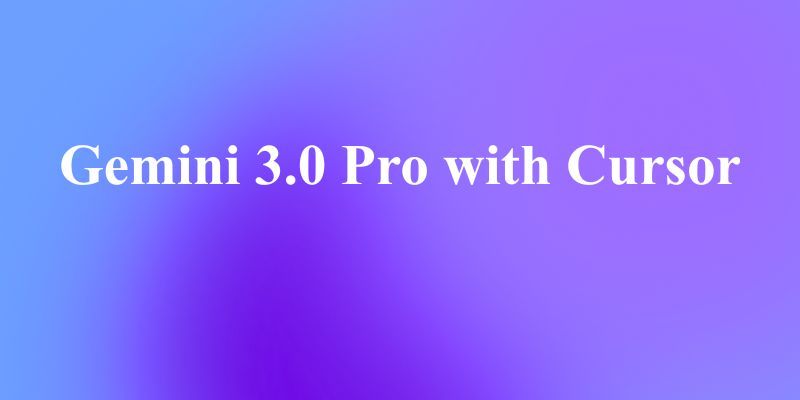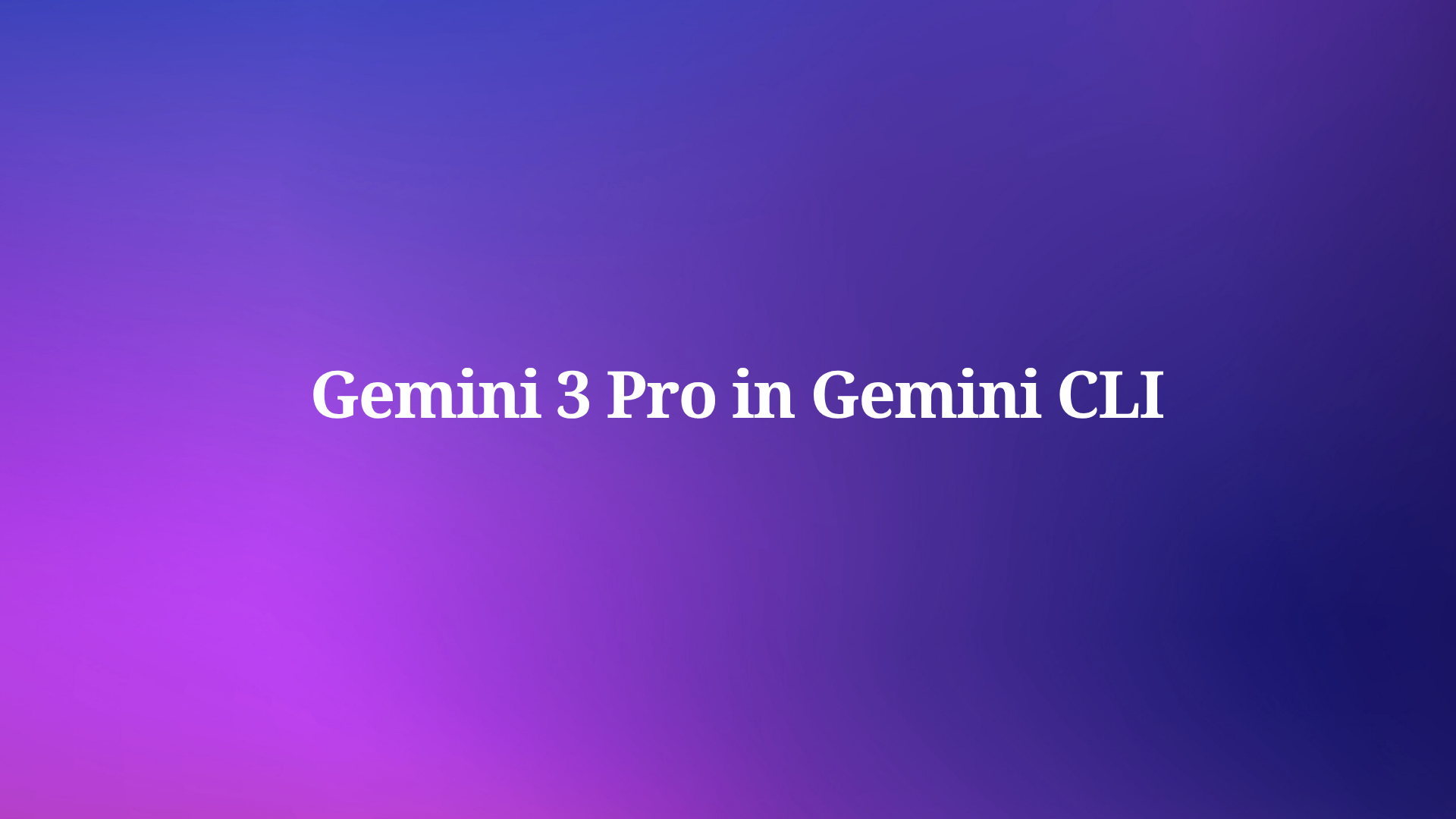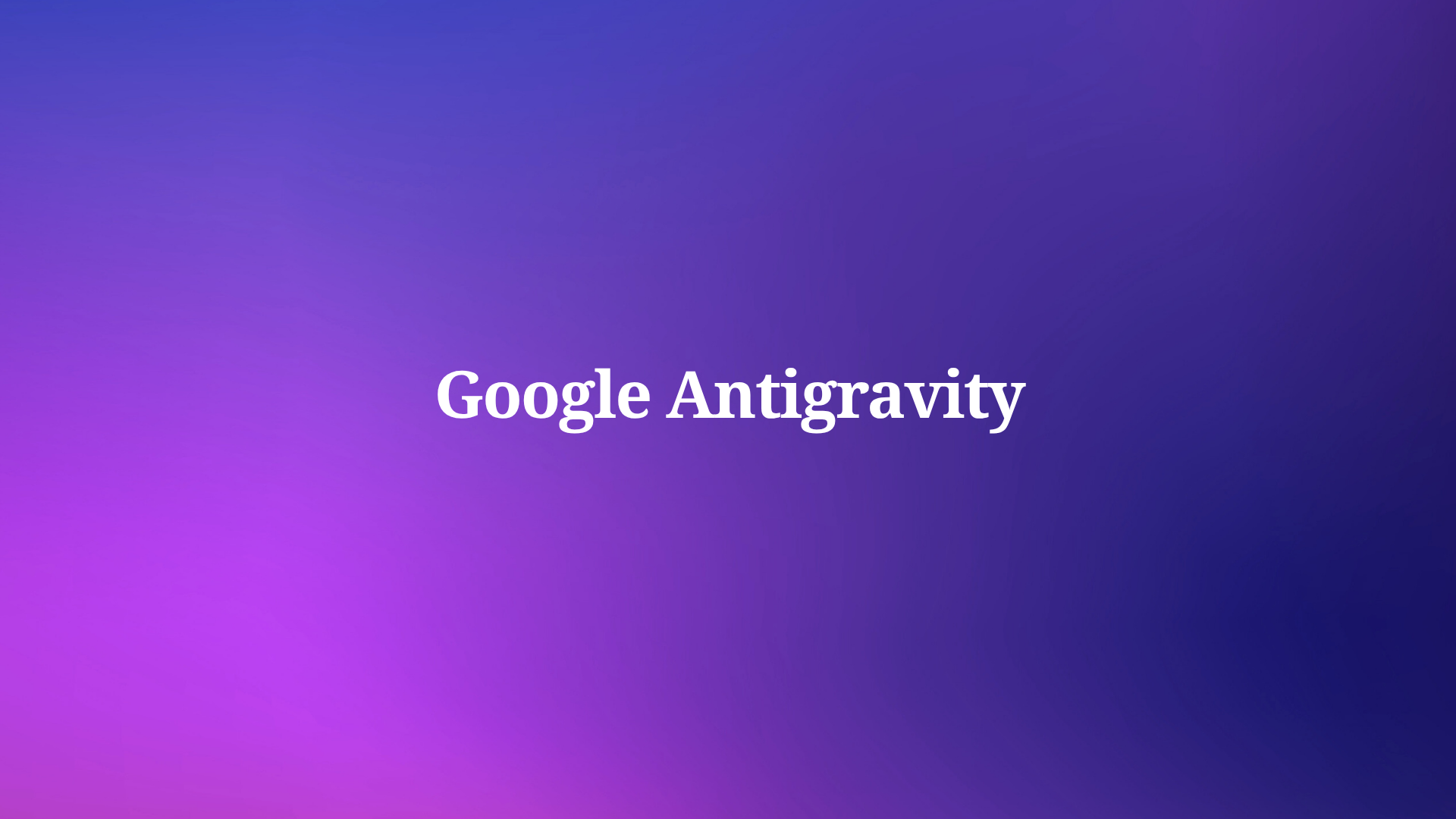The AI research community recently witnessed a groundbreaking release from TNG Technology Consulting GmbH: the DeepSeek R1T-Chimera, an open weights model that combines the reasoning prowess of DeepSeek R1 with the token efficiency of DeepSeek V3-0324. This hybrid model marks a significant advancement in large language model (LLM) development, offering a smarter and faster solution for complex reasoning tasks. Unlike traditional fine-tuning or distillation methods, DeepSeek R1T-Chimera constructs a novel architecture by merging neural network components from its parent models, resulting in a "child" LLM with enhanced capabilities.
In this blog post, we dive deep into the technical details of DeepSeek R1T-Chimera, explore its architecture, evaluate its performance, and discuss its implications for the future of AI model development.
What Is DeepSeek R1T-Chimera?
DeepSeek R1T-Chimera emerges as a pioneering effort in model merging, a technique that combines the strengths of two distinct LLMs: DeepSeek R1 and DeepSeek V3-0324. Announced on April 27, 2025, by TNG Technology Consulting GmbH, this model leverages the Mixture of Experts (MoE) framework to create a hybrid that outperforms its parents in specific dimensions. Specifically, DeepSeek R1T-Chimera integrates the shared experts from DeepSeek V3-0324 and a custom merge of routed experts from both DeepSeek R1 and V3-0324, resulting in a child model that is both intelligent and efficient.

The Chimera model stands out because it does not rely on fine-tuning or distillation. Instead, it constructs a new neural network by assembling parts of the parent models, a method that TNG describes as a "novel construction." This approach ensures that the hybrid retains the reasoning capabilities of DeepSeek R1 while significantly reducing inference costs, making it a faster alternative.
Understanding the Parent Models: DeepSeek R1 and DeepSeek V3-0324
To fully appreciate DeepSeek R1T-Chimera, we must first examine its parent models.
DeepSeek R1: The Reasoning Powerhouse
DeepSeek R1 represents a first-generation reasoning model developed by DeepSeek-AI. It employs reinforcement learning (RL) to enhance its reasoning capabilities, achieving performance comparable to advanced models like OpenAI’s o1-1217 on reasoning benchmarks. DeepSeek R1’s strength lies in its ability to exhibit powerful reasoning behaviors, making it adept at solving complex problems. However, it faces challenges such as poor readability and language mixing, which can lead to lengthy and sometimes incoherent outputs. Additionally, its inference cost is high, requiring a significant number of output tokens to process tasks, which impacts its efficiency.

DeepSeek V3-0324: The Efficient Performer
On the other hand, DeepSeek V3-0324, an updated checkpoint of DeepSeek V3 released in March 2025, focuses on efficiency and improved coding abilities. Built as an open-source MoE Transformer-based language model, DeepSeek V3-0324 offers better token efficiency compared to its predecessors. While it may not match DeepSeek R1 in reasoning depth, its lower inference cost makes it a practical choice for applications requiring faster processing. Researchers speculated that V3-0324 would serve as a foundation for future reasoning-focused models, a prediction that partially materialized with the release of DeepSeek R1T-Chimera.

The Architecture of DeepSeek R1T-Chimera
DeepSeek R1T-Chimera adopts a unique architecture that sets it apart from traditional LLMs. By leveraging the MoE framework, the model combines shared experts from DeepSeek V3-0324 with a custom merge of routed experts from both DeepSeek R1 and V3-0324. This hybrid approach allows the Chimera to inherit the reasoning capabilities of DeepSeek R1 while benefiting from the token efficiency of DeepSeek V3-0324.
The construction method avoids fine-tuning or distillation, instead focusing on assembling neural network components directly. This process results in a model with a more compact and orderly reasoning process, addressing the "wandering thoughts" often observed in DeepSeek R1’s outputs. Surprisingly, TNG reported no detectable defects in the hybrid model, a testament to the robustness of this novel construction technique.

The model weights, available on Hugging Face, enable researchers and developers to experiment with this 671B-parameter model. For those lacking the infrastructure to run such a large model, TNG offers test access to their R1T cluster, making it accessible to a broader audience.
Performance Analysis: Intelligence vs. Inference Cost
A key highlight of DeepSeek R1T-Chimera is its performance, which TNG illustrated in a scatter plot comparing intelligence score (measured on the AIME 24 & MT-Bench) against inference cost (in percentage of R1 output tokens). The plot reveals that DeepSeek R1T-Chimera achieves an intelligence score comparable to DeepSeek R1 while using 40% fewer output tokens, positioning it as a "smarter" and "faster" alternative.
In contrast, DeepSeek V3-0324 scores lower on intelligence but excels in token efficiency, while DeepSeek R1 scores high on intelligence but incurs a higher inference cost. The Chimera model strikes a balance, sitting at the intersection of high intelligence and low inference cost, as indicated by the "smarter" and "faster" arrows on the plot. This balance makes it an ideal choice for applications requiring both reasoning depth and computational efficiency.
Implications for AI Development
The release of DeepSeek R1T-Chimera opens new avenues for AI development, particularly in the realm of model merging. By demonstrating that neural network components can be combined to create a hybrid model with enhanced capabilities, TNG sets a precedent for future research. This approach could lead to the development of more efficient and intelligent LLMs, addressing common challenges like high inference costs and lengthy outputs.
Moreover, the open weights nature of DeepSeek R1T-Chimera aligns with the broader movement toward open-source AI, democratizing access to advanced models. Researchers and developers can build upon this foundation, potentially integrating the model into various applications, from natural language processing to automated reasoning systems.
Testing DeepSeek R1T-Chimera with Apidog
For developers looking to integrate DeepSeek R1T-Chimera into their workflows, testing its API endpoints is a critical step. This is where Apidog comes into play. Apidog provides an all-in-one platform for API development, testing, and management, making it easier to interact with advanced models like DeepSeek R1T-Chimera. With Apidog, you can schedule functional tests, integrate with CI/CD pipelines, and generate comprehensive reports to track the model’s performance.

Apidog’s ability to generate mock APIs from specifications also allows developers to simulate interactions with DeepSeek R1T-Chimera, enabling front-end development and testing without immediate access to the model’s infrastructure. This seamless integration ensures that you can focus on building applications while Apidog handles the complexities of API management.
Conclusion
DeepSeek R1T-Chimera represents a significant milestone in AI research, combining the reasoning capabilities of DeepSeek R1 with the token efficiency of DeepSeek V3-0324 to create a smarter and faster hybrid model. Its novel construction method, which avoids fine-tuning and distillation, showcases the potential of model merging in LLM development. With its open weights available on Hugging Face, the model invites researchers and developers to explore its capabilities and integrate it into their applications.
Tools like Apidog can further enhance this exploration by providing robust API testing and management solutions, ensuring seamless integration of DeepSeek R1T-Chimera into your workflows. As the AI community continues to evaluate and build upon this model, we anticipate further advancements that will shape the future of intelligent systems.



